Explore the historic origins of the coronation ceremony
7-8 minute read
By Rose Staveley Wadham | April 11, 2023
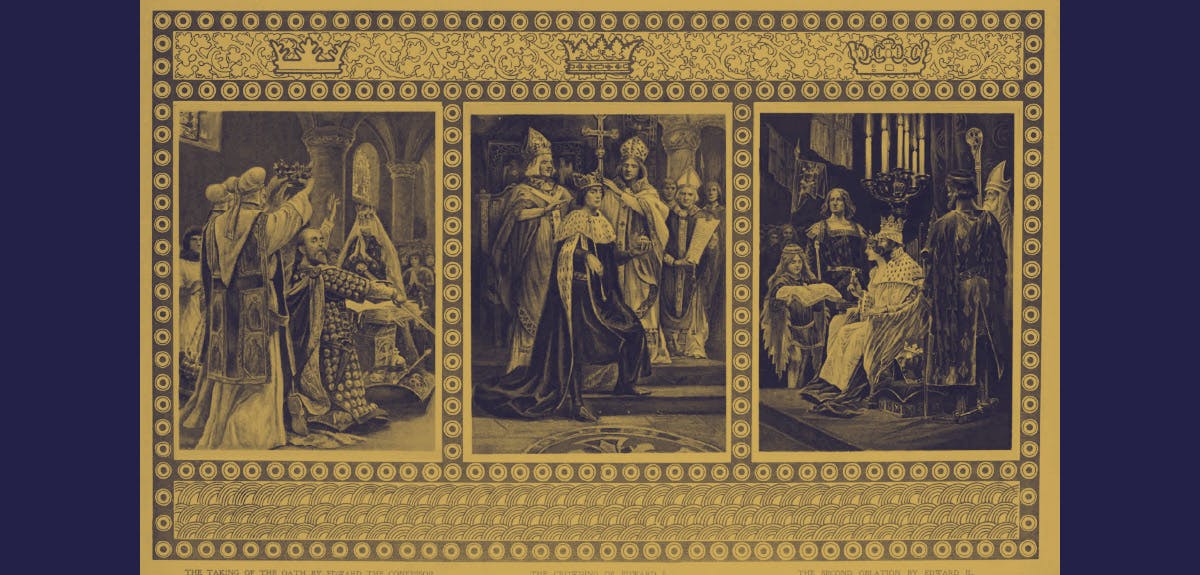
Did you know that Britain is the only country in Europe to crown its monarchs with this ceremony?
With a history that stretches back over a thousand years, from Saxon kings to 1950s television screens, the coronation service in Britain is rich with tradition. A core event that is associated with the royal family, it is a symbol of continuity over the centuries.
In this blog, Findmypast’s royal and newspaper expert Rose Staveley-Wadham explores how the coronation ceremony has developed through the ages. She uses the Findmypast newspaper collection to dig into the history of the British monarchy and this remarkable ceremony.
Ancient Origins – from Kingston to Winchester
On the eve of the coronation of King George VI in 1937, Arthur Bryant for the Illustrated London News, just one of the fantastic publications to be found in the Findmypast collection, looked back at the crowning of another king, Edward VII, in 1902.
Watching on that day was the Princess of Wales, later Queen Mary. Her ‘solemn and set’ face was obvious at the coronation, and when she was asked ‘of what she had been thinking so intently during the ceremony,’ she replied, ‘of all that it means, of the past.’
The coronation service has an incredibly long past, but did you know that its past can be traced all the way back to Kingston-upon-Thames?
The Illustrated London News tells us in its review of ‘A Thousand Years of Royal History’ how in the town, which was historically a part of Surrey, ‘stands an open space a great stone on which seven Saxon kings…were crowned.’
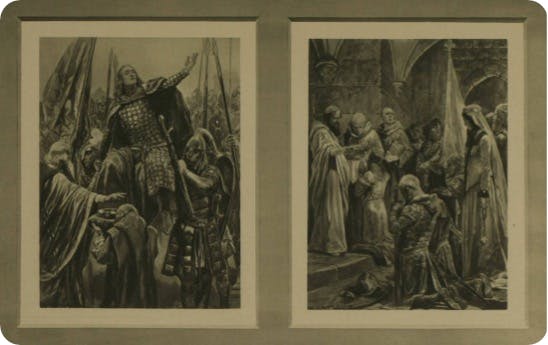
The coronations of Edward the Elder and Edward the Martyr at Kingston-upon-Thames. Illustrated London News, 7 June 1902.
However, it was in Bath in 973 AD that King Edgar was crowned, and it was his coronation that would serve as a blueprint for future ceremonies. His coronation was ‘drawn up by St. Dunstan,’ the Archbishop of Canterbury, who was canonised in 1029.
Later kings, like Edward the Confessor, were crowned at Winchester, but it would be the Confessor’s creation of Westminster Abbey that would come to be inextricably linked with the coronation service.
Westminster Abbey
Although there are not many surviving written records from this early period in British history, our newspaper collection includes accounts by historians and writers of previous centuries. An example of this is Carolyn Scott’s overview of ‘Coronations in History,’ which was published by the Illustrated London News in June 1978.
Scott relates how ‘coronations have taken place in Westminster Abbey for nearly 700 years'.
Constructed on the orders of Edward the Confessor as part of a vow to St. Peter, Westminster Abbey ‘was one of the earliest English churches to be built in the shape of a cross'. It was completed on Christmas Day 1065; one of the first services it hosted was the funeral of Edward the Confessor only a few days later.
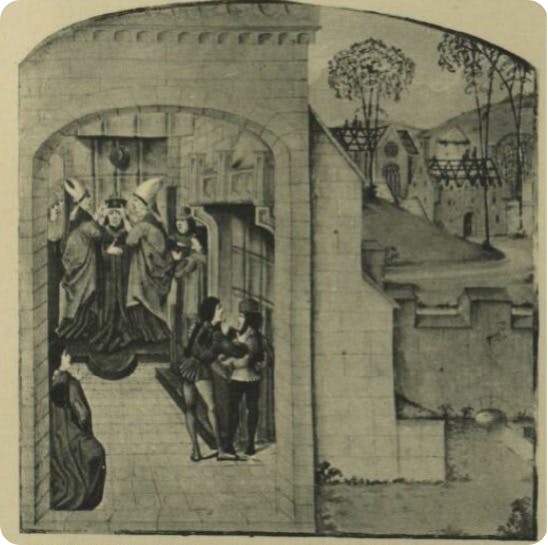
Coronation of William the Conqueror. Illustrated London News, 21 March 1953.
We are probably all familiar with the events of 1066, and how William the Conqueror emerged victorious, defeating the Confessor’s half-brother Harold at the Battle of Hastings. However, did you know that William the Conqueror was the first monarch to be crowned at Westminster Abbey? Although, as we shall see, all did not go as planned.
Conducted by both a Saxon and a Norman bishop, the ceremony was in full flow, the congregation cheering, when Norman soldiers burst in, ‘waving their swords in the air.’ They had mistaken the cheers for a ‘shout of alarm,’ and had responded by setting nearby buildings on fire.
Once the disturbances had died down, William recited his oath and ‘the Archbishop of York crowned him in the deserted Abbey'.
A painting was produced of William the Conqueror’s coronation some centuries later, but it bears ‘little evidence of the riot and fire’ that marred the ceremony.
Pageantry and personality
As the centuries went on, coronations became a reflection of the incoming monarch’s personality.
We learn from Carolyn Scott about an order issued by child king Henry III at his coronation in 1216. At the tender age of nine, he ‘celebrated the start of his reign by a proclamation ordering everyone throughout the realm to wear chaplets for a month'.
A type of headdress, this demand meant that ‘his subjects had to go about their business incongruously with ribbons and ropes and bands of flowers round their heads.’
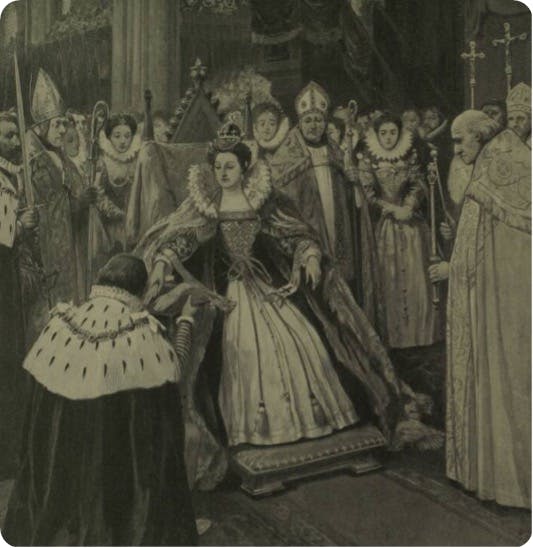
Coronation of Queen Elizabeth I. Illustrated London News, 7 June 1902.
When Roman Catholic Queen Mary I was about to be crowned in 1553, she feared that the holy oil used for anointing in the coronation ceremony had lost its power thanks to the Reformation.
Meanwhile, a few years later in 1559, her younger half-sister Queen Elizabeth I was bothered by the odor of the oil. Elizabeth abolished ‘the elevation of the host at the coronation Mass,’ as the ceremony evolved into a Protestant one.
Restored king Charles II had a ‘very profligate and cavalier’ coronation in 1661, quite in keeping with his ‘Merry Monarch’ persona. When his brother King James II was crowned in 1685, his coronation banquet was described as ‘lavish,’ with an array of exotic foods on offer.
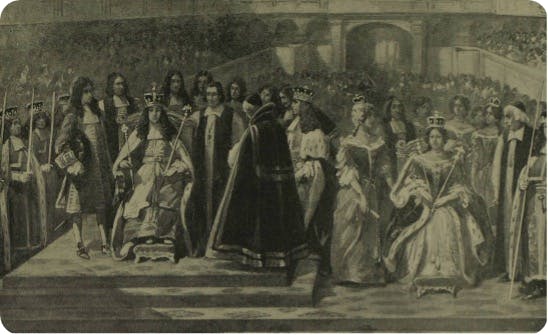
Coronation of King James II and his consort Mary of Modena. Illustrated London News, 7 June 1902.
King James II’s reign was not destined to be a long one. After a few decades, the House of Stuart gave way to that of Hanover, the Georgian period beginning in 1714.
A contemporary account
The first contemporary account of a coronation found in our newspaper collection is that of George I. Indeed, the Stamford Mercury provides a description in October 1714 that was authored just a day after the ceremony. It begins with the following line: ‘Yesterday was perform’d the Ceremony of the Coronation of his most Excellent Majesty King George'.
It was a long day for the new monarch, who spoke no English, meaning that the ceremony had to be conducted in Latin. According to the Stamford Mercury, he arrived at Westminster Abbey between 8am and 9am, and did not leave until 4pm, when he attended the traditional banquet at Westminster Hall.
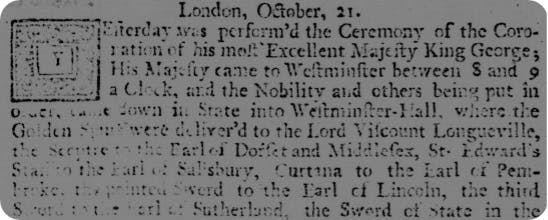
Stamford Mercury, 28 October 1714.
Here, the medieval traditions of the coronation ceremony were much in evidence. The Stamford Mercury relates how His Majesty’s ‘champion,’ one Dymock, ‘rode in the Hall…on Horseback, and made the usual Challenge, after which the King drank to him in a Gold Cup'.
The newspaper account, which you can read here, outlines the ceremonies performed during the service, as well as naming the key figures, the nobility and the clergy, involved in the proceedings. However, the coronation of King George I was marred by tragedy.
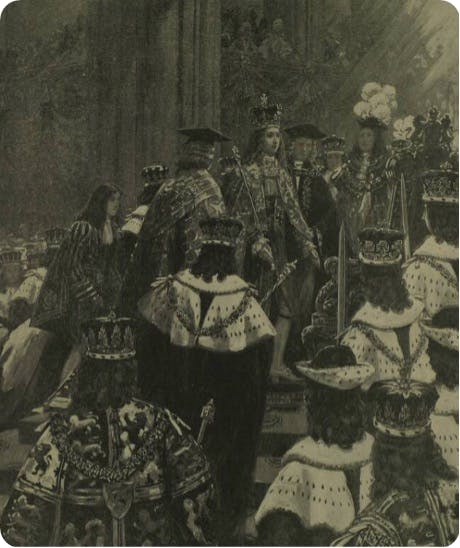
Coronation of King George I. Illustrated London News, 7 June 1902.
We learn from the Stamford Mercury how, ‘During the Procession, several unfortunate Accidents happen’d by the Fall of two Scaffolds, one in the Old Palace Yard'. Several people were killed and injured by the fall of the scaffolds, which were places for spectators to stand and watch.
True to newspapers of the time, which revelled and continued to revel in all things macabre, the description of those killed and their injuries is almost as long as the description of the coronation ceremony itself.
Locked out
Nearly a century later, one of the most infamous coronations in the history of the service took place, that of King George IV in 1821. He did not get along with his wife, Queen Caroline, and he issued instructions for her to be barred from the ceremony.
That did not stop Queen Caroline, however. ‘Published with the Queen’s sanction,’ Edinburgh-based newspaper the Beacon (one of our free-to-view newspapers) in July 1821 described her efforts to gain entrance to the service.
It was reported that ‘the different persons at the door of the Abbey were under orders to say they did not know her Majesty,’ although Queen Caroline had arrived at Westminster Abbey in ‘her royal state carriage'.
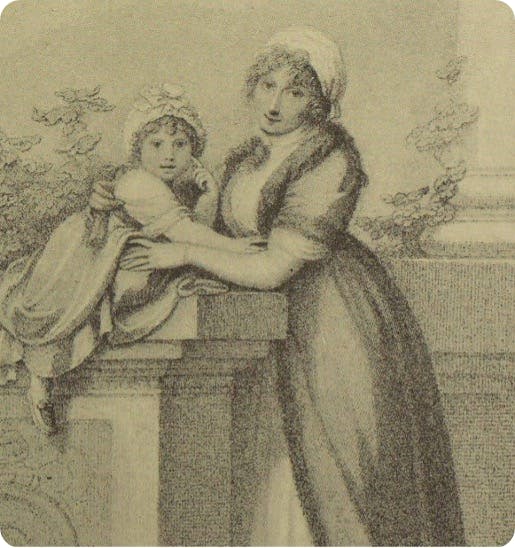
Queen Caroline and her daughter Princess Charlotte. Illustrated London News, 21 July 1894.
Queen Caroline passed away just two weeks later.
Meanwhile, her husband King George IV enjoyed a lavish celebration, to rival that of his predecessor King James II. The traditional coronation banquet location of Westminster Hall was extended, with the House of Lords and other parliament buildings requisitioned for the celebrations.
There, the guests for the coronation feast were treated to an extensive meal. The Beacon described in detail what was on the menu on that July day:
Hot dishes – 160 tureens of soup – 80 of turtle – 40 of rice – and 40 Vermicelli. 160 dishes of fish – comprising 80 of turbot – 40 of trout – 40 of salmon. 160 hot joints – including 80 of venison – 40 of roast beef, with three barons – 40 of mutton and veal. 480 sauce boats – 240 of lobster – 120 butter – 120 mint.
Cold dishes – 80 dishes of braised ham – 80 savoury pies – 80 dishes of daubed geese, two in each – 80 dishes of savoury cakes – 80 pieces of beef braized – 80 disease of capons braized, two in each – 1190 side dishes of various sorts – 320 dishes of mounted pastry – 320 of small pastry – 400 dishes of jellies and creams – 160 dishes of cold roast fowls – 80 dishes of cold house-lamb.
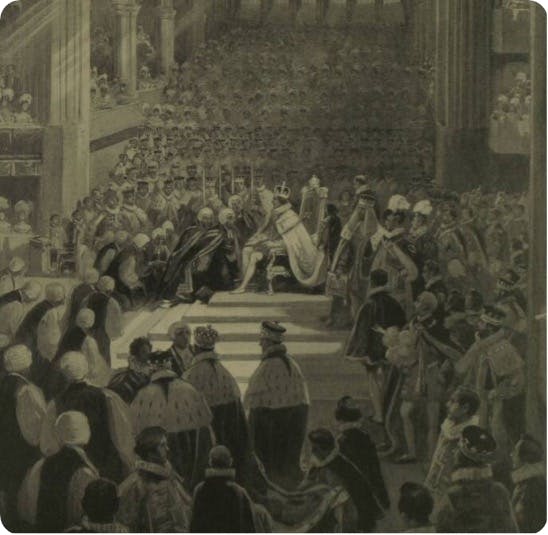
Coronation of King George IV. Illustrated London News, 7 June 1902.
Such was the extravagance of the former Prince Regent, his brother, and successor King William IV had to be ‘persuaded by Parliament that it was not a colossal waste of money to indulge in a coronation'.
In the next part of this series on the history of the coronation, Rose Stavely-Wadham explores the modern history of the service, from the chaos of Queen Victoria’s crowning to the first coronation to be televised. In the meantime, delve into the history of the royal family by exploring King Charles III's family tree for yourself.
Related articles recommended for you
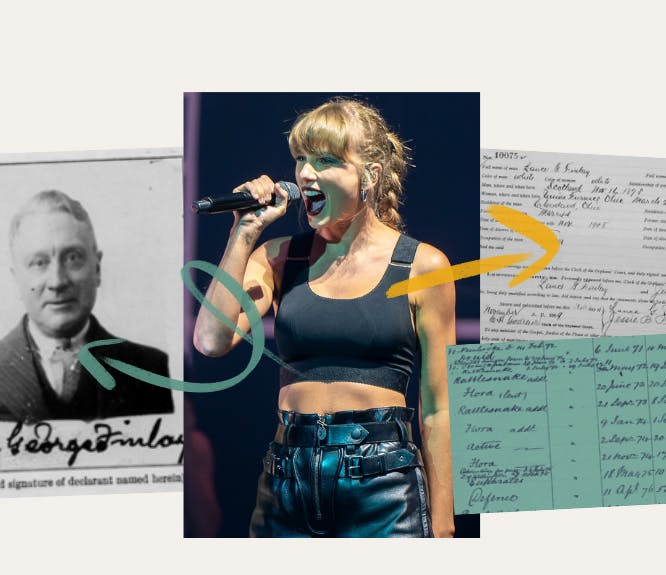
Taylor Swift’s family tree shines with love, heartbreak and the triumph of the human spirit
Discoveries
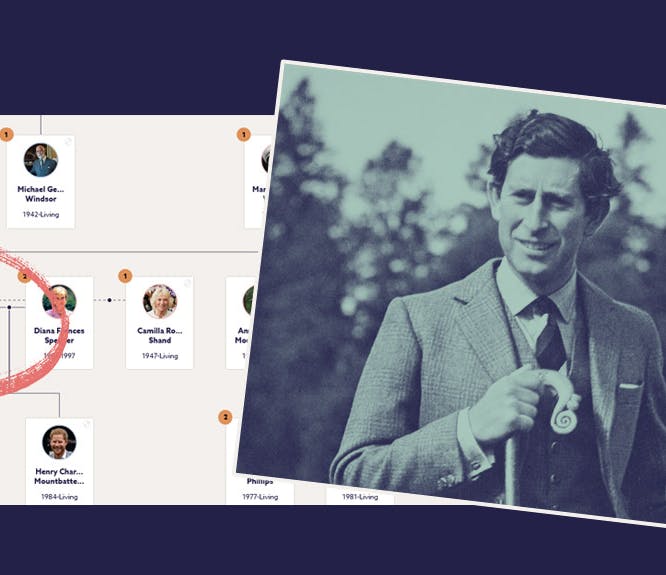
Who's who on King Charles III's family tree?
Build Your Family Tree
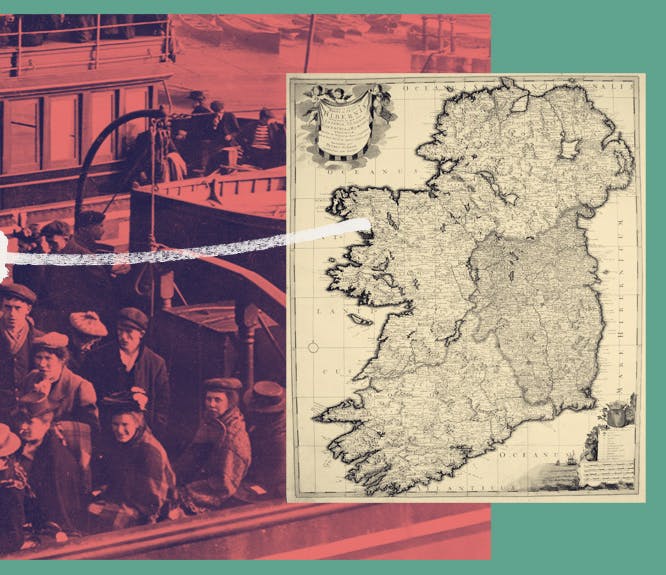
From Ulster to the US: Irish migration patterns and their impact on Irish genealogy
History Hub

